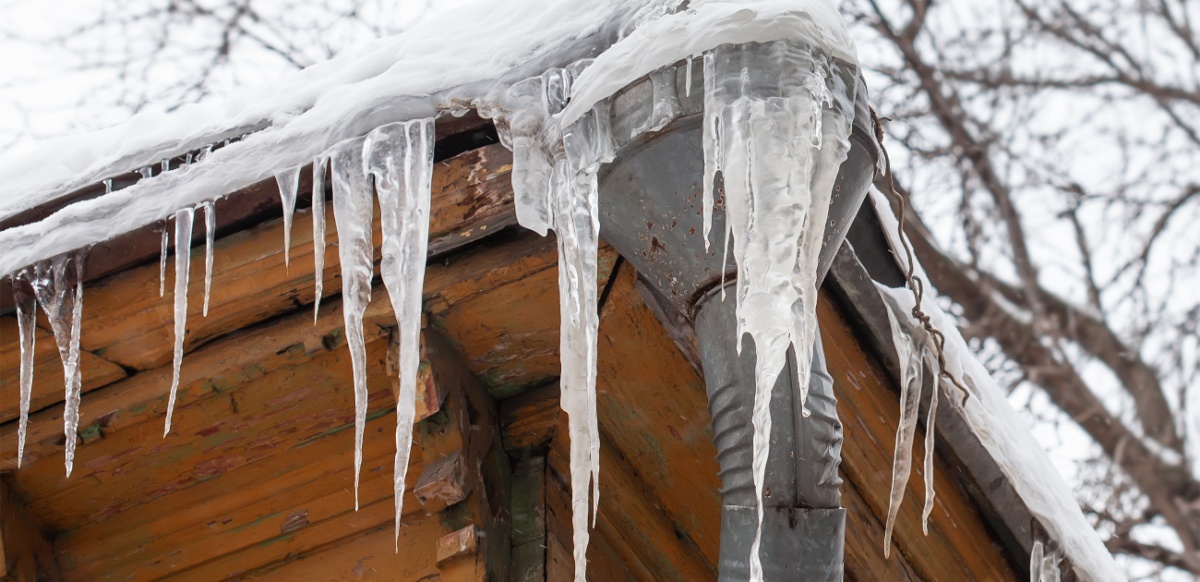Essential Tips to Prevent Frozen Plumbing in Winter
Essential Tips to Prevent Frozen Plumbing in Winter
Blog Article
How do you feel when it comes to 6 Ways to Prevent Frozen Pipes?

Cold weather can ruin your pipes, especially by freezing pipes. Below's just how to avoid it from happening and what to do if it does.
Intro
As temperatures decrease, the risk of icy pipes rises, potentially bring about expensive repairs and water damages. Comprehending how to avoid icy pipes is vital for property owners in cool climates.
Prevention Tips
Protecting at risk pipelines
Cover pipelines in insulation sleeves or use warm tape to secure them from freezing temperature levels. Concentrate on pipes in unheated or exterior areas of the home.
Heating methods
Maintain indoor rooms properly heated up, particularly areas with plumbing. Open cabinet doors to permit cozy air to circulate around pipes under sinks.
Just how to recognize icy pipes
Search for decreased water flow from faucets, unusual odors or sounds from pipes, and noticeable frost on revealed pipelines.
Long-Term Solutions
Architectural changes
Take into consideration rerouting pipes away from outside walls or unheated areas. Include additional insulation to attics, cellars, and crawl spaces.
Upgrading insulation
Buy high-quality insulation for pipelines, attics, and wall surfaces. Proper insulation assists maintain constant temperatures and minimizes the threat of frozen pipelines.
Protecting Outside Pipes
Garden tubes and outdoor faucets
Detach and drain pipes yard hoses before wintertime. Mount frost-proof faucets or cover outdoor taps with shielded caps.
Recognizing Icy Pipelines
What creates pipelines to ice up?
Pipelines ice up when revealed to temperature levels listed below 32 ° F (0 ° C) for extended periods. As water inside the pipes ices up, it increases, taxing the pipe walls and potentially creating them to break.
Threats and problems
Frozen pipes can lead to water supply disturbances, residential or commercial property damages, and costly repair work. Ruptured pipelines can flood homes and trigger extensive structural damages.
Indications of Frozen Water Lines
Determining frozen pipes early can prevent them from bursting.
What to Do If Your Pipelines Freeze
Immediate actions to take
If you suspect icy pipes, keep taps available to ease pressure as the ice thaws. Use a hairdryer or towels taken in warm water to thaw pipes gradually.
Conclusion
Protecting against icy pipes needs proactive steps and fast responses. By comprehending the reasons, signs, and preventive measures, home owners can safeguard their pipes throughout winter.
5 Ways to Prevent Frozen Pipes
Drain Outdoor Faucets and Disconnect Hoses
First, close the shut-off valve that controls the flow of water in the pipe to your outdoor faucet. Then, head outside to disconnect and drain your hose and open the outdoor faucet to allow the water to completely drain out of the line. Turn off the faucet when done. Finally, head back to the shut-off valve and drain the remaining water inside the pipe into a bucket or container. Additionally, if you have a home irrigation system, you should consider hiring an expert to clear the system of water each year.
Insulate Pipes
One of the best and most cost-effective methods for preventing frozen water pipes is to wrap your pipes with insulation. This is especially important for areas in your home that aren’t exposed to heat, such as an attic. We suggest using foam sleeves, which can typically be found at your local hardware store.
Keep Heat Running at 65
Your pipes are located inside your walls, and the temperature there is much colder than the rest of the house. To prevent your pipes from freezing, The Insurance Information Institute suggests that you keep your home heated to at least 65 degrees, even when traveling. You may want to invest in smart devices that can keep an eye on the temperature in your home while you’re away.
Leave Water Dripping
Moving water — even a small trickle — can prevent ice from forming inside your pipes. When freezing temps are imminent, start a drip of water from all faucets that serve exposed pipes. Leaving a few faucets running will also help relieve pressure inside the pipes and help prevent a rupture if the water inside freezes.
Open Cupboard Doors
Warm your kitchen and bathroom pipes by opening cupboards and vanities. You should also leave your interior doors ajar to help warm air circulate evenly throughout your home.

We hope you enjoyed our part about How To Avoid Freezing Pipes. Thanks a ton for finding the time to read through our post. In case you appreciated our blog posting if you please be sure to pass it around. Kudos for your time. Please come by our website back soon.
Schedule Here Report this page